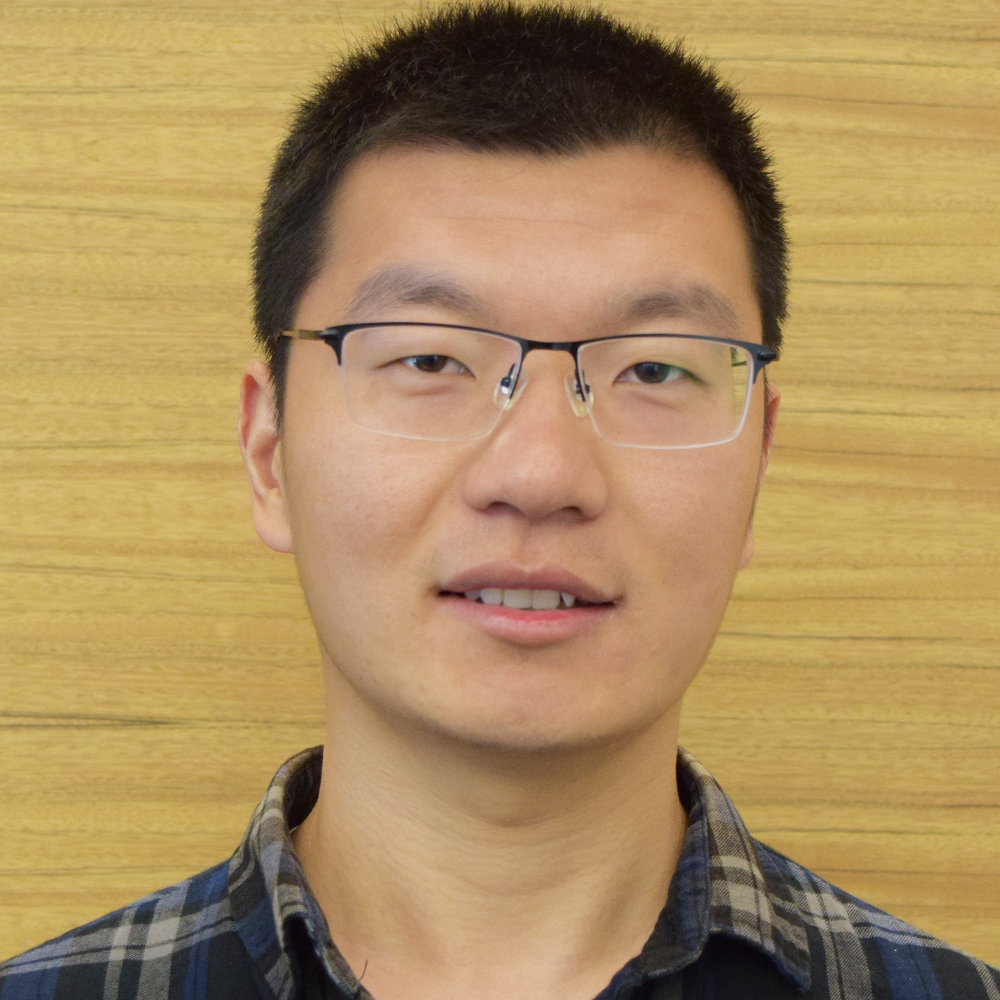
As a graduate student in the laboratory of David Ginger in Chemistry, Yangwei is interested photovoltaics, energy storage, synthesis and characterization of functional nanomaterials. He is currently working on a project that focuses on developing new methods to alleviate the impact of defects in perovskite solar cells. This research will help improve the efficiency of perovskite solar cells. He holds B.E. and M.E. in chemical engineering from Dalian University of Technology. Read More
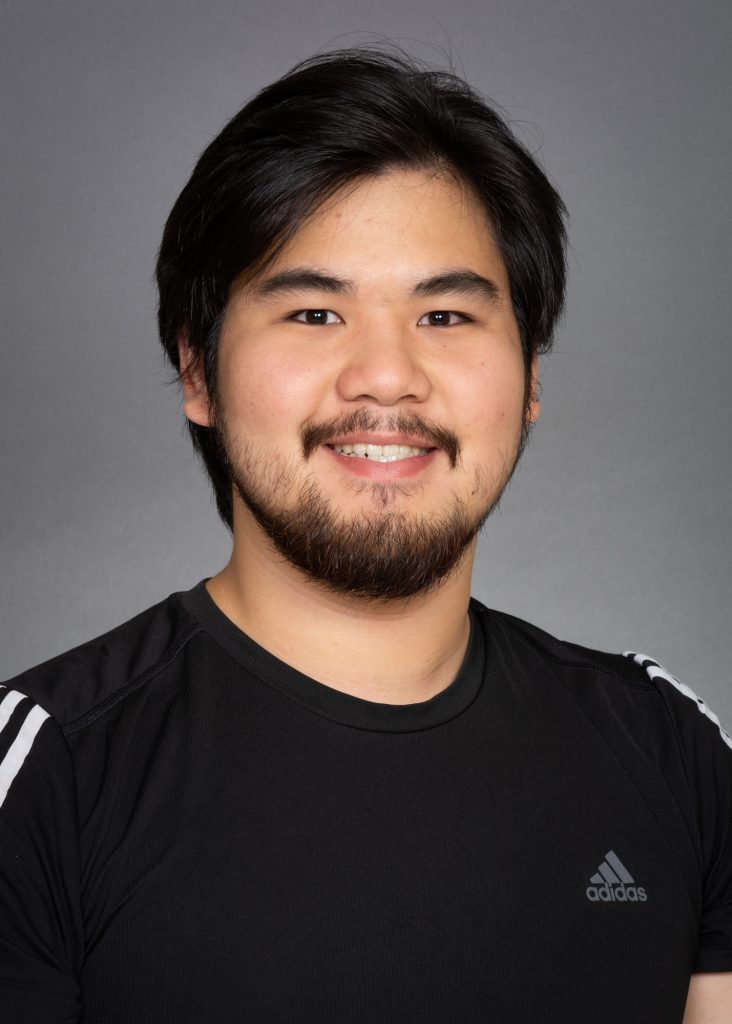
As a graduate student in the labs of chemical engineering professor James Carothers and chemistry professor Jesse Zalatan, Ice is developing CRISPR-based transcriptional activation methods in multiple bacteria to apply in industrial biotechnological applications. He previously worked as a researcher at Vidyasirimedhi Institute of Science and Technology (VISTEC) in Thailand developing biocatalytic systems for chemical synthesis from food/agricultural wastes. Ice holds a B.S. and M.S. in Chemistry from Mahidol University, Thailand. Read More
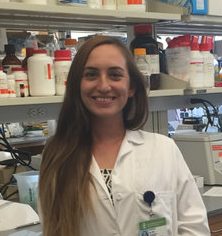
As a graduate student in Professor Alshakim Nelson’s lab in the department of chemistry, Gocke is working on in situ production and continuous delivery of therapeutics by 3D-printed engineered living materials. She received the Scientific and Technological Research Council of Turkey Scholarship in support of her graduate work and holds a B.Eng. and M.S. in Food Engineering from Istanbul Technical University. Read More
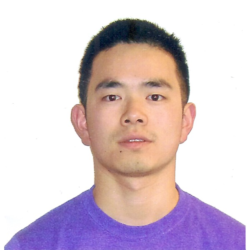
As a graduate student in the lab of Prof Xiaosong Li at Chemistry department, Hang worked on developing novel relativistic multireference configuration interaction (MRCI) methods and the corresponding high-performance distributed softwares. The code he developed is able to handle MRCI problems with billions of determinants on a few workstations. He also applies those methods to solve problems such as resolving X-Ray absorption spectra of transition metal complexes and studying non-radiative decay pathways of highly energized matter. In addition, Hang was a trainee of the Clean Energy Institute DIRECT data science program during the 2018 ~ 2019 academic year and he completed the MolES Data Science Option. Read More
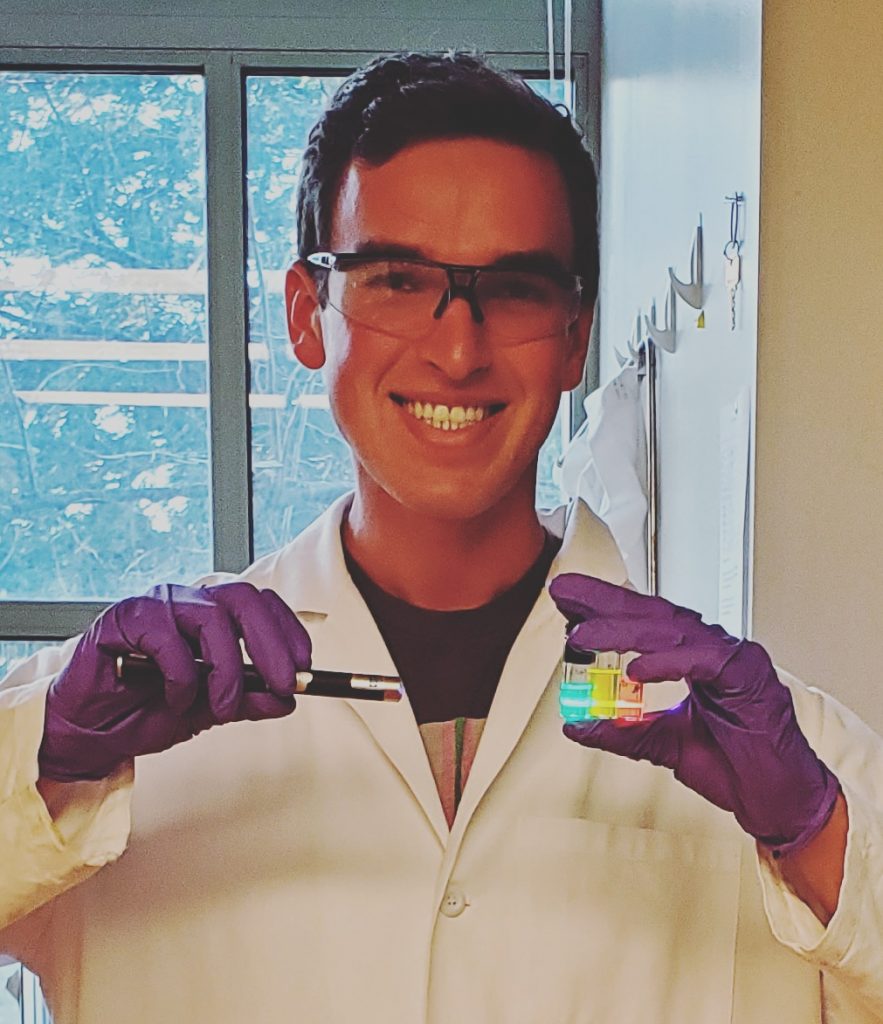
Ted worked under Professors Daniel Gamelin, Christine Luscombe, and Devin MacKenzie. He leveraged the expertise of his three advisers to produce a broad array of research investigating perovskite nanocrystals for luminescent solar concentrators, polymer composites, and additive manufacturing. While there, he earned a UW Clean Energy Institute Fellowship and participated in the Torrance Technology Due Diligence Fellowship Program, where he provided technical assessments of early stage companies for clean energy investors at E8 Angels. Ted is currently a postdoctoral fellow in the MacKenzie lab, where he is developing methods of scalable quantum optical device manufacturing. Read More
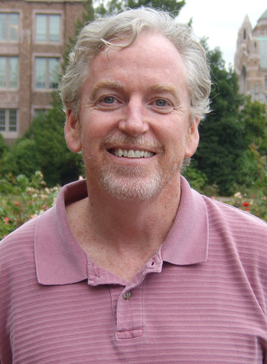
Improving catalysts could minimize the use of fossil fuels, thus helping solve the energy crisis while decreasing greenhouse gases. Our group tries to clarify why catalyst modifiers act to promote catalytic activity or selectivity, and how nanoscale features of the catalyst surface can tuned to make better catalysts. In solar cells and LEDs, charge injection and extraction occurs at the interface between a metal or other conductor and one of the semiconducting materials (inorganic materials in most current commercial devices, but hopefully cheaper-to-make polymer films in the future). Read More
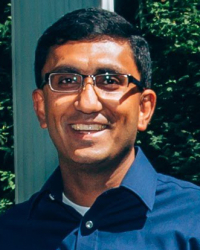
Reversible enzymatic modifications of protein side-chains, also known as post-translational modifications or PTMs, confer complexity to biological systems by dynamically regulating the location, structure, and activity of proteomes. Elucidating the mechanistic contributions of post-translationally modified proteins to key cellular processes, such as gene transcription, is critical for understanding normal human development and to identify new therapeutic targets in diseases arising from the misregulation of PTMs. To accomplish these goals, we apply a seamless combination of chemical and molecular biological tools to investigate uniformly modified proteins in well-defined biophysical and biochemical systems. Read More
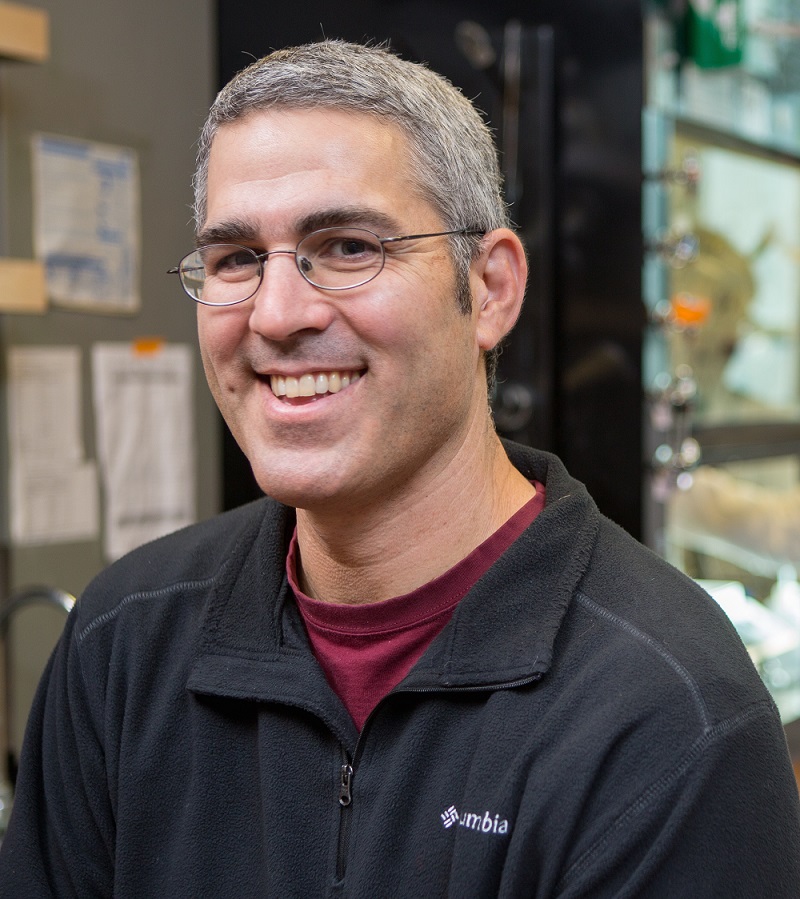
Professor Gamelin's research targets the development and physical characterization of new functional inorganic materials, with particular focus on semiconductor nanostructures and thin films for photophysics, spin-photonics, and solar energy conversion. Read More
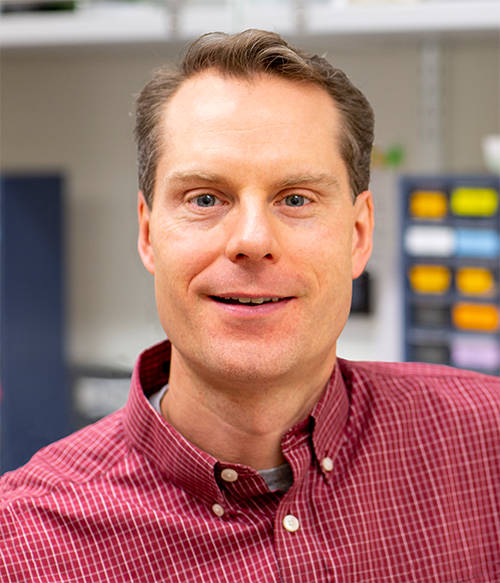
The Ginger Research Group pioneers techniques such as time-resolved electrostatic force microscopy (trEFM) and photoconductive atomic force microscopy (pcAFM) to study nanostructured solar cells, energy efficient light-emitting diodes, and biosensors. Read More